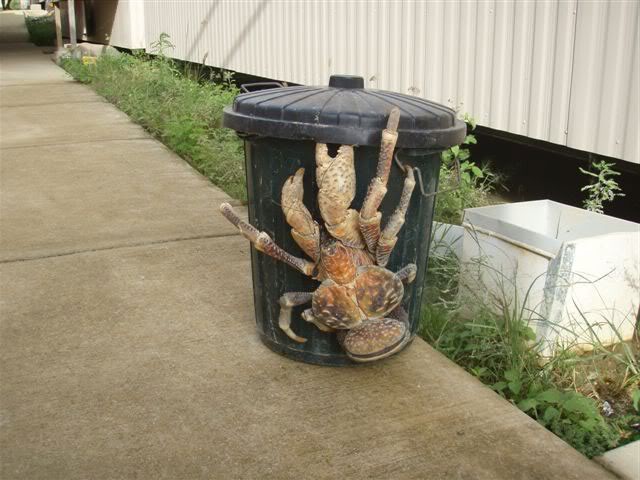The Tasmanian Devil is a marsupial (mammal with a pouch) found only on the wilds in an island called Tasmania. It is carnivorous. It is an endangered animal which used to be found in Australia. It is of the size of a small dog.


Food
The Tasmanian Devil has a very strong bite, strong enough to break bones because it likes to eat bone marrow (a substance that creates red blood cells). It is a scavenger. It eats garbage, carrion, and meat. Despite its appearance, it is very fast, it can swim and even climb trees.Pictures








